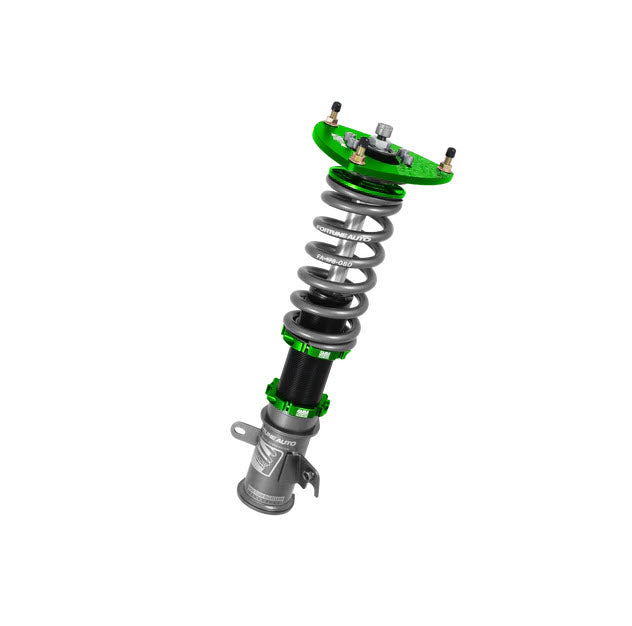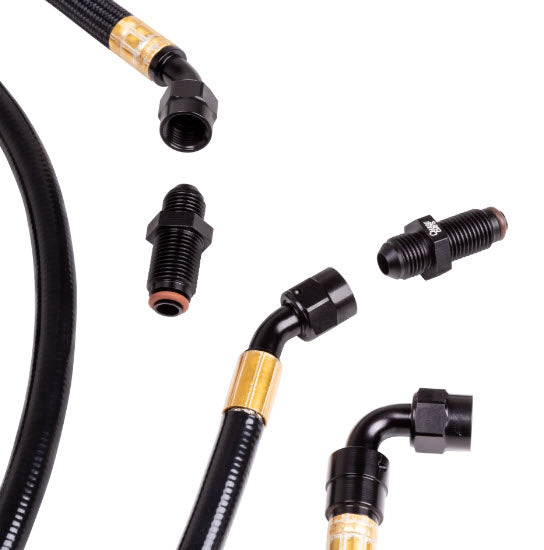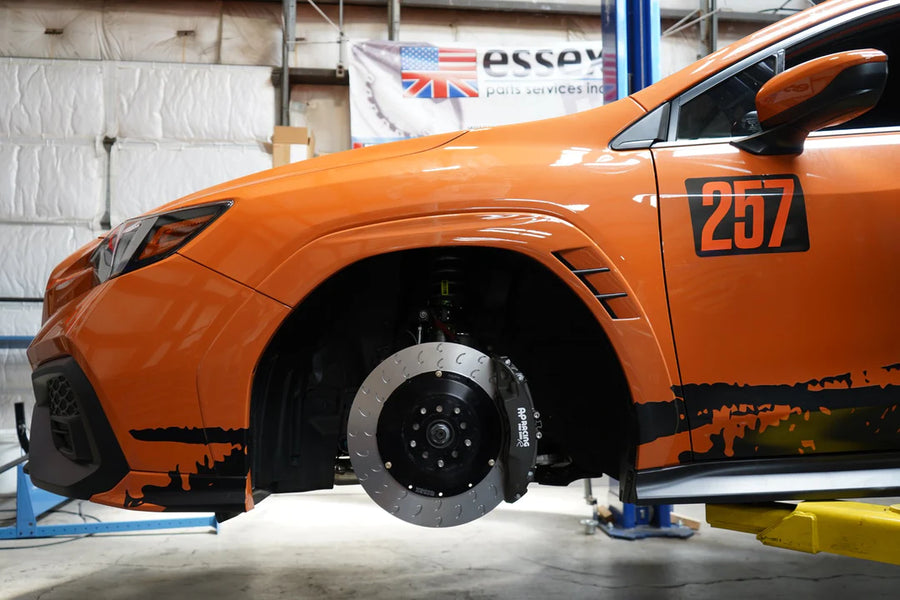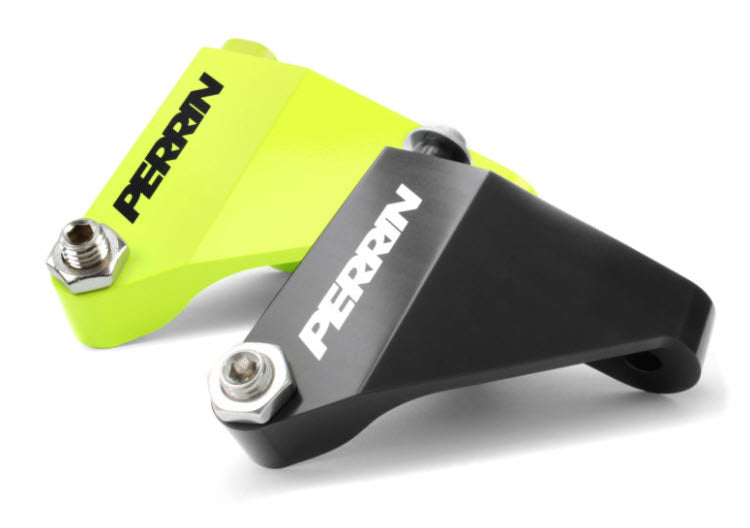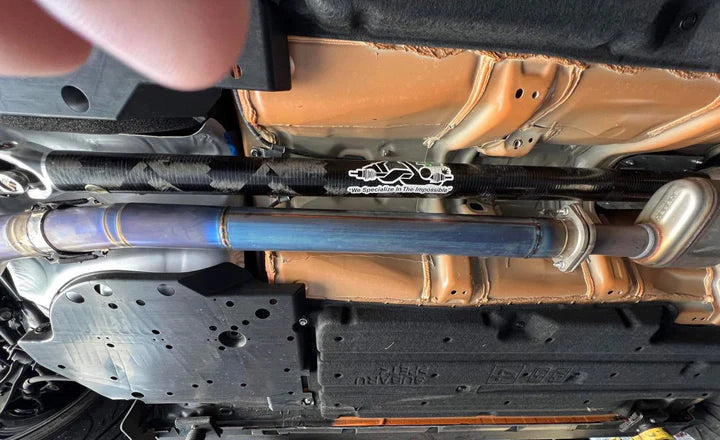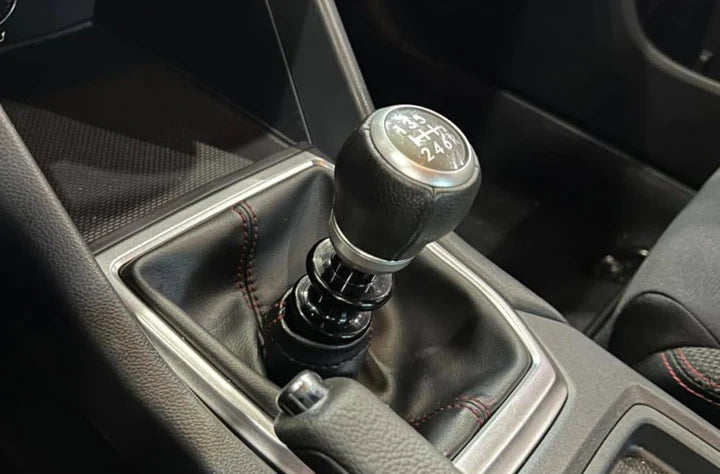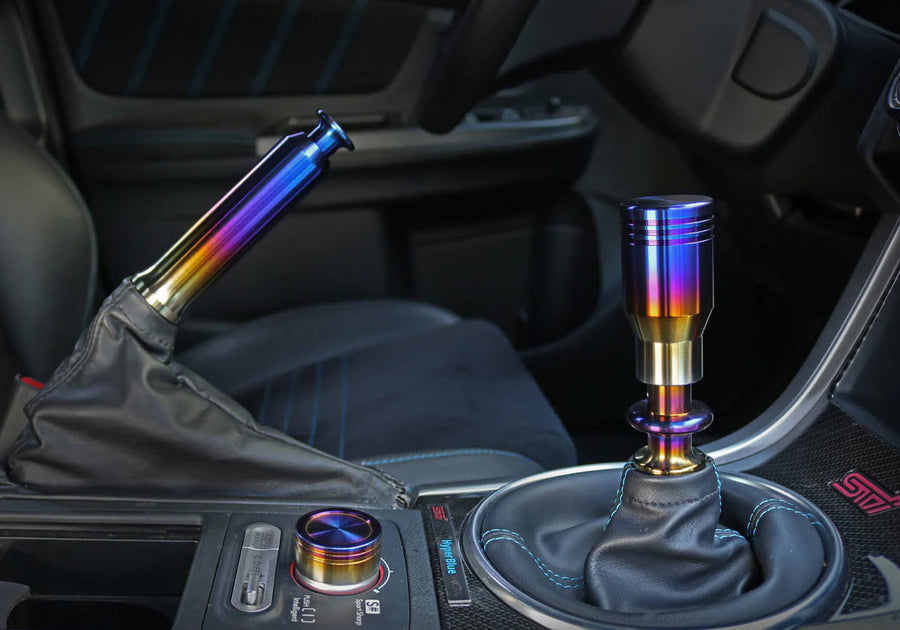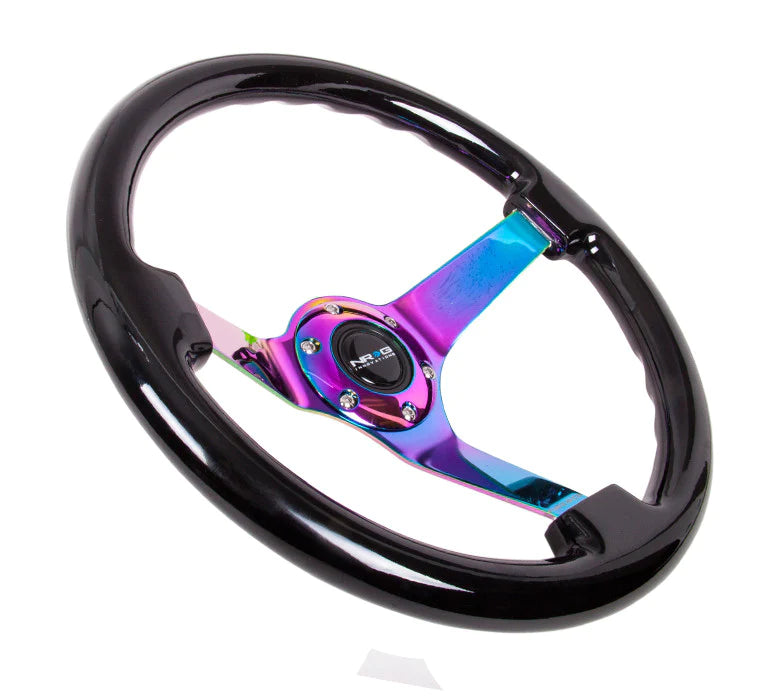Everything You Need To Know About Engine Management Systems

Do you want to take your driving skills up a notch? Well, buckle up because we’ve got something thrilling to share with you! As technology and automation take the wheel, the engine management system (EMS) is getting some upgrades.
Enhancing your car’s EMS can boost its power and your driving experience. You can tune your car to suit your fuel economy, performance, or speed needs. And the best part? The installation process is relatively easy.
You can unleash the full potential of your car’s capabilities and take your driving to new heights with an EMS upgrade. Read up on everything you need to know about engine management systems.
The Engine Management System: A Key Player in Vehicle Performance
Before diving into the benefits and upgrades of an EMS, let’s unwrap the basics of this game-changing technology. An EMS maintains the performance, smooth operation, and fuel efficiency of your vehicle by controlling the engine’s components. Here are the crucial elements of an EMS:
- Engine Control Module (ECU): The brain of the EMS and responsible for collecting data from sensors and adjusting accordingly.
- Sensors: Devices that relay essential information about your engine’s performance, such as throttle position, mass airflow, and oxygen levels.
- Fuel Injectors: Control the fuel delivered to the engine.
- Ignition System: Determines the best time for spark ignition in each cylinder for combustion.
- Air Control: Adjusts the engine’s air-to-fuel ratio to optimize performance and minimize waste.
Understanding the Importance of Engine Sensors and Controls
If you’ve ever wondered how your car runs like a well-oiled machine, look no further than its engine sensors and control units. These little powerhouses provide your car’s ECU with information on oxygen levels, temperature, and velocity so that it can make real-time adjustments and keep your vehicle running.
We can’t stress the role of engine sensors and controls enough. They provide the ECU with data for the best performance. Let’s explore some sensors in your vehicle’s engine:
- Throttle Position Sensor: This sensor tells the ECU how much throttle opening is required to adjust fuel delivery and ignition timing.
- Mass Airflow Sensor: It measures the mass of the air entering your engine, allowing the ECU to determine the best amount of fuel.
- Oxygen Sensor: By measuring the oxygen levels in the exhaust, this sensor determines how efficiently the engine is burning fuel. It can also alert the ECU to make adjustments.
Upgrading Your Engine Management System: Take Control of Your Vehicle’s Performance
As technology progresses, so do the options for upgrading your EMS. You’ll have more options to tailor your vehicle’s performance to your driving style! Here are some common EMS upgrades to consider:
- Aftermarket ECUs: These devices replace your vehicle’s standard ECU, offering advanced features and tunability. They often provide a greater range of control over engine parameters, allowing for more precise adjustments.
- Performance Chips: Also known as “tuners” or “programmers,” these chips are plugged into the ECU to help you adjust its settings and improve performance. They can increase horsepower, torque, and fuel efficiency.
- Wideband O2 Sensors: A wideband O2 sensor can provide more accurate readings of the oxygen levels in your exhaust, allowing for better fuel economy.
- Air/Fuel Ratio Meters: These devices monitor the air-to-fuel ratio so that you can make changes for great engine performance and fuel efficiency.
Remember that every engine is unique, so you need to understand your vehicle’s needs and capabilities before making any upgrades. A professional tuner or mechanic can guide you through this process, so don’t be afraid to ask for help.
The Installation Process
Before you start working on your engine, ask yourself if you know what you’re doing. Here are the basic steps for upgrading your vehicle’s EMS:
- Disconnect the Battery: Disconnect the negative terminal on your vehicle’s battery to protect it and yourself while working.
- Remove the Existing ECU or Components: You may need to remove the existing ECU or other engine components. Refer to your vehicle’s manual for specific instructions.
- Install the New ECU or Components: Carefully install your new ECU or other parts. This may involve connecting it to the engine’s sensors and controls, so follow the included instructions closely.
- Reconnect the Battery and Test It: Reconnect the battery and start your engine after completing the installation. Check for any warning lights on your dashboard and listen for unusual noises when the engine is running.
- Tune Your EMS: You may need a tuner or programmer to adjust your new ECU’s settings. Again, refer to manufacturer instructions or consult a professional tuner for help.
While you can certainly do this upgrade yourself, it’s best to seek assistance from a professional mechanic or tuner if you are unsure about any steps. They have the know-how to conduct upgrades safely.
Experience the Benefits of Engine Management Systems
Now that you have a grasp on the fundamentals, it’s time to learn how a new EMS can improve your vehicle’s performance:
- Enhanced Fuel Efficiency: The EMS maximizes your vehicle’s miles per gallon by adjusting the engine’s air-to-fuel ratio as you drive.
- Optimized Performance: An EMS consistently calibrates the engine components, allowing your vehicle to reach its highest potential.
- Reduced Emissions: Precise control of engine processes minimizes harmful emissions and reduces the impact on the environment.
- Custom Tuning Capabilities: With an upgraded EMS, you can personalize your vehicle’s performance to match your driving preferences.
Upgraded Engine Management Systems: Elevate Your Ride
Now that you know everything about engine management systems, you can see that they are essential to modern vehicle technology. They keep cars running smoothly and improve performance and fuel economy. By understanding how an EMS works, you can make smart decisions on repairs and upgrades.
If you want to optimize your car’s performance, check out the Cobb Accessport for Subaru! This powerful tool allows you to customize your engine management system and unlock your Subaru’s true power. In order to keep your vehicle in top shape, don’t overlook the importance of engine management systems. Your vehicle will thank you for it!


